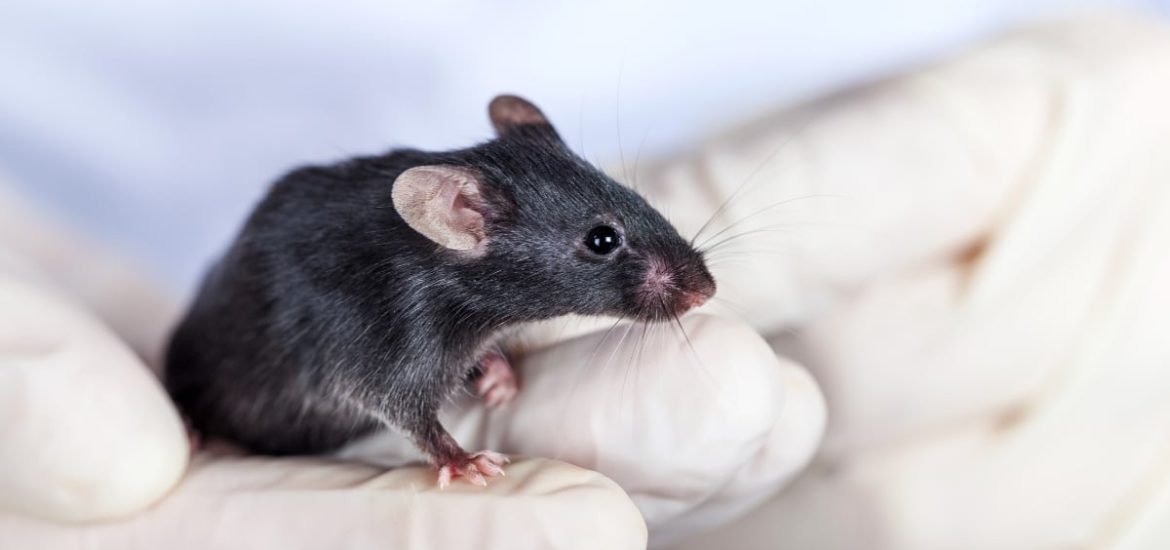
A milestone study published on 3 July in Nature Medicine demonstrates the use of a novel gene-editing approach for preventing deafness in mice genetically predisposed to hearing loss (1). Importantly, the modified CRISPR-Cas9 system did not cause any off-target effects.
The international team of researchers treated the so-called Beethoven mice for the same genetic mutation that causes progressive hearing loss in humans. The mice are named after the famous composer because their disease progression mimics Ludwig van Beethoven’s well-documented hearing loss. Typically, people with this dominantly inherited genetic disorder — caused by a single defective copy of the Tmc1 gene — begin suffering from profound deafness by their mid-20s.
With this type of disorder, two copies of the gene are inherited from each parent but a single defective copy of a gene can cause the illness — in this case, an A instead of a T in the Tmc1 gene sequence. Although, for the majority of people with the mutation, one normal gene is sufficient to ensure normal function.
The CRISPR-Cas9 system allows scientists to remove, add, or alter sections of a DNA sequence by essentially identifying the target DNA, snipping strands of DNA at a particular location, and then adding or removing the DNA. However, the snipping tool — which is the Cas9 enzyme — is not always precise enough. So, the researchers used a modified version derived from the bacterium Staphylococcus aureus instead of Streptococcus pyogenes.
This optimised CRISPR-Cas9 gene-editing system is better at identifying disease-causing mutations like the one found in Beethoven mice — and indeed, humans. And this, allowed the biologists to disable the defective version of the Tmc1 gene in mice and human cells without affecting the normal ones.
Briefly, the two-step system first uses gRNA to locate the target gene, then the modified Cas9 enzyme pinpoints the specific DNA mutation. This ensures that only the defective gene is targeted, without disabling the normal copy of the gene.
Incredibly, the CRISPR system recognised a single incorrect DNA letter among a total of 3 billion letters in the mouse genome. Initial experiments performed on mouse cells showed that at least 99 per cent of “cuts” occurred exclusively in the defective copy of the gene. Furthermore, when the researchers used the tool on ears of mice with and without the Beethoven defect, only genes of mice with the defect were edited but not the normal genes.
Finally, the scientists measured auditory brainstem responses of the mice — a standard hearing test — and found mice treated shortly after birth had much better hearing than their untreated siblings. Without treatment, these mice are usually completely deaf by six months of age.
The approach is still a long way from being used in humans and a lot more work is still needed, the authors caution. So far, have only tested the treatment on human cells carrying the Beethoven mutation — with promising results.
Notwithstanding, this recent work has greatly improved the efficacy and safety of standard gene-editing techniques and opens to the door to “hyper-targeted” treatment of genetic disorders. In the future, the same precision approach could also potentially be used to treat other dominantly inherited genetic diseases arising from a single defective copy of a gene.
(1) György, B. et al. Allele-specific gene editing prevents deafness in a model of dominant progressive hearing loss. Nature Medicine (2019). DOI: 10.1038/s41591-019-0500-9